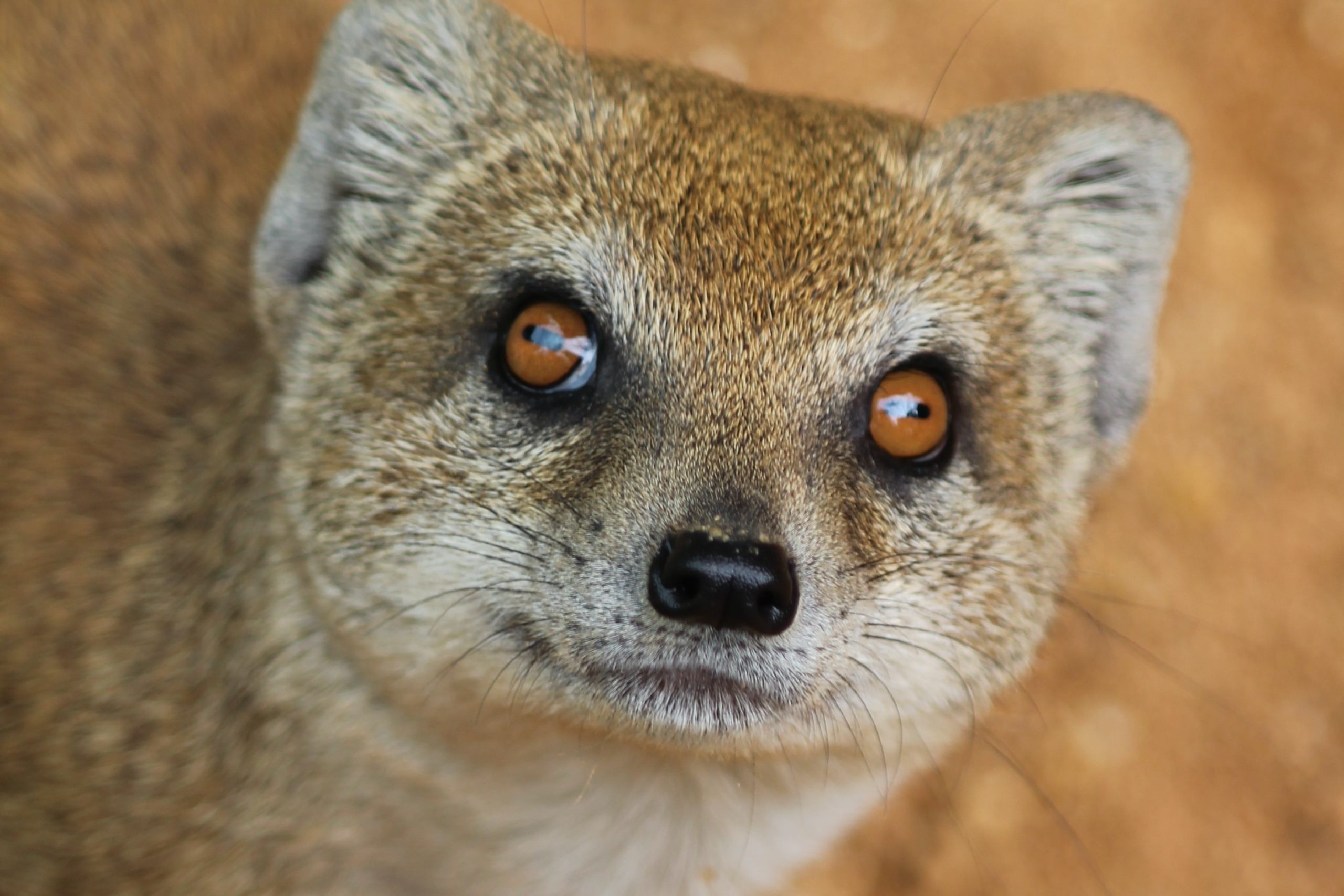 What is that animal with the long brown body, long tail, short legs, pointy ears, and beady eyes you saw scurrying into or out of the bushes? Was it a squirrel? A muskrat, or maybe a ferret? More than likely, it was a mongoose in Hawaii. Mongooses (not mongeese) are native to Africa, Asia and some parts of Europe. However, the only place you will find them in the United States is in Hawaii.
What is that animal with the long brown body, long tail, short legs, pointy ears, and beady eyes you saw scurrying into or out of the bushes? Was it a squirrel? A muskrat, or maybe a ferret? More than likely, it was a mongoose in Hawaii. Mongooses (not mongeese) are native to Africa, Asia and some parts of Europe. However, the only place you will find them in the United States is in Hawaii.
Although not native to Hawaii, mongooses are well established on Hawai’i Island (aka; The Big Island), Oahu, Maui, and Molokai. In recent years, there have even been a few found either dead or captured alive on Kauai.
How the mongoose got here is an interesting story. In the 1800s up into the mid-1900s, Hawaii’s most valuable commodity was not pristine beaches and beautiful scenery. That commodity was sugar cane. One of the major problems Hawaii sugar plantations battled during this era was rats chewing on sugarcane stalks for their sweet taste. This infestation destroyed significant amounts of this most valued of crops.
In 1872, Big Island sugar planters uncovered an article on Caribbean sugar growers’ success in controlling their rat problem. Sugar planters there had introduced the mongoose from India into their fields. This supposedly was successful in significantly reducing the sugar cane damage caused by rats. Initially, 72 mongoose from Jamaica were brought in and were raised. Their offspring were shipped to plantations on other islands, first Maui, then Molokai, and finally Oahu.
However, none were introduced on the island of Kauai.
Not everyone on Big Island was in favor of bringing in the mongooses. They felt there should be more research on how mongooses were faring in the war on rats in the Caribbean. And that the research should be completed prior to bringing the animals. Unfortunately, those warnings went unheeded.
So the mongooses were brought to Hawaii and released into the fields to kill the rats. However, there was one small problem. Rats are nocturnal animals, meaning they’re only awake at night. Mongooses are only awake during the day. So the two never came in contact with each other.
Instead of ridding the cane fields of rats, the mongoose began destroying some of Hawaii’s most native species and fauna. Many bird populations and turtle eggs declined as the mongoose would feed on unprotected nests. It continued to get worse when the mongoose started reproducing and needing food for their young ones. Special fencing was put up just to keep them out of nature sanctuaries and reserves.
Mongoose in Hawaii are not a cute and cuddly animal. If you see them they will most likely run and hide in the bushes. However, they can be very vicious if cornered so it is best to give them plenty of space. If they feel they’re in danger, they may very well become aggressive and will leave a nasty bite.
The next time you see one of these little critters scurrying through the bushes or jumping out of a public trash can, you’ll know what they are and how they got here.